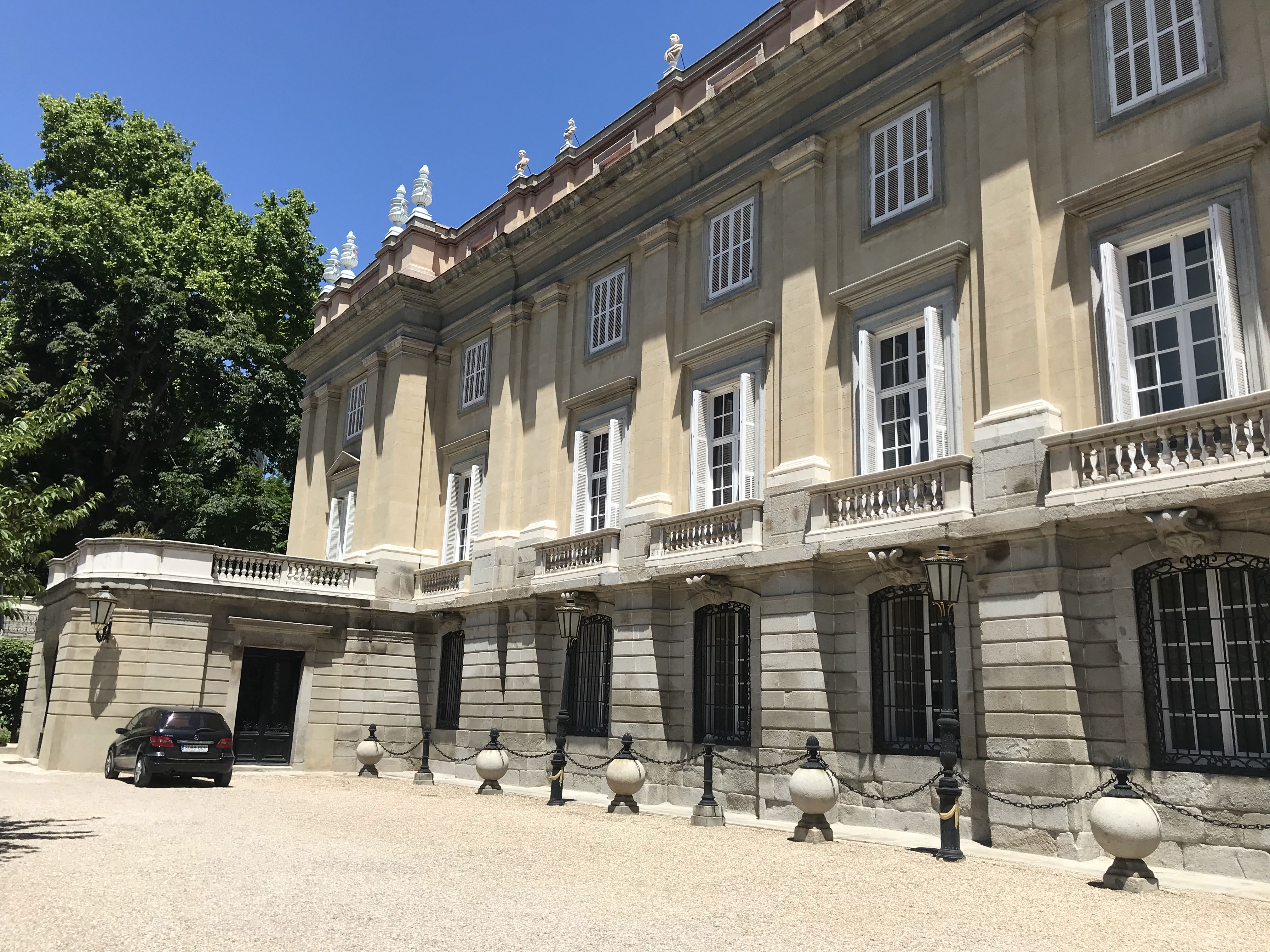|
Marquis De Arcicóllar
Marquis de Arcicóllar is a Spanish nobility, Spanish noble title created by Charles II of Spain on 13 May 1680. The title was first given to Luisa Fernanda de Córdoba by Charles II of Spain, Charles II in 1680. This title has remained in the Marquis de Santa Cruz family since then. Among the holders were José Fernández-Villaverde y Roca de Togores, Spanish Ambassador to the Court of Saint James (1958–1972) married to Casilda de Silva y Fernández de Henestrosa, XIV Marchioness de Santa Cruz.3El Pais17/6 / 1988 Obituary Marqueses de Arcicóllar References [...More Info...] [...Related Items...] OR: [Wikipedia] [Google] [Baidu] |
Spanish Nobility
The Spanish nobility are people who possess a title of nobility confirmed by the Spanish Ministry of the Presidency, Justice and Relations with the Cortes, as well as those individuals appointed to one of Spain's three highest orders of knighthood: the Order of the Golden Fleece, the Order of Charles III and the Order of Isabella the Catholic. Some members of the Spanish nobility possess various titles that may be inherited or not, but the creation and recognition of titles is legally the prerogative of the monarchy of Spain. Many Spanish titles and noble families still exist and many have transmitted their aristocratic status since the Middle Ages. Some aristocratic families in Spain use the nobiliary particle ''de'' before their family name, although this was more prominent before the 20th century. History 16th century The centralization of the Spanish royal court in early modern Europe reshaped Aristocracy, aristocratic power, shifting influence from regional noble dom ... [...More Info...] [...Related Items...] OR: [Wikipedia] [Google] [Baidu] |
Charles II Of Spain
Charles II (6 November 1661 – 1 November 1700) was King of Spain from 1665 to 1700. The last monarch from the House of Habsburg, which had ruled Spain since 1516, he died without an heir, leading to a European Great Power conflict over the succession. For reasons still debated, Charles experienced lengthy periods of ill health throughout his life. This made the question of who would succeed him central to European diplomacy for much of his reign, one historian writing that "from the day of his birth, they were waiting for his death". The two main candidates were the Austrian Habsburg Archduke Charles, and 16-year-old Philip of Anjou, grandson of Charles' half-sister Maria Theresa and Louis XIV of France. Shortly before his death in November 1700, Charles named Philip his heir, but the acquisition of an undivided Spanish Empire by either France or Austria threatened the European balance of power. Failure to resolve these issues through diplomacy resulted in the 1701 to ... [...More Info...] [...Related Items...] OR: [Wikipedia] [Google] [Baidu] |
Court Of Saint James
The Court of St James's serves as the official royal court for the Sovereign of the United Kingdom. The court formally receives all ambassadors accredited to the United Kingdom. Likewise, ambassadors representing the United Kingdom are formally accredited from this court. The Marshal of the Diplomatic Corps, known as Master of the Ceremonies before 1920, serves as the liaison between the British monarch and foreign diplomatic missions. The Marshal is stationed permanently at St James's Palace. As of 1886, there were merely six ambassadors in London, while 37 other countries were represented by ministers. (The custom, developed in the 18th century, was that only monarchies sent ambassadors, while others sent ministers; this distinction was abrogated toward the end of the 19th century.) By 2015, the number of foreign missions accredited to the Court of St James's had risen to 175, including 47 high commissions from Commonwealth countries and 128 embassies from non-Commonwealth countr ... [...More Info...] [...Related Items...] OR: [Wikipedia] [Google] [Baidu] |
José Joaquín De Silva Sarmiento
José is a predominantly Spanish and Portuguese form of the given name Joseph. While spelled alike, this name is pronounced very differently in each of the two languages: Spanish ; Portuguese (or ). In French, the name ''José'', pronounced , is an old vernacular form of Joseph, which is also in current usage as a given name. José is also commonly used as part of masculine name composites, such as José Manuel, José Maria or Antonio José, and also in female name composites like Maria José or Marie-José. The feminine written form is ''Josée'' as in French. In Netherlandic Dutch, however, ''José'' is a feminine given name and is pronounced ; it may occur as part of name composites like Marie-José or as a feminine first name in its own right; it can also be short for the name ''Josina'' and even a Dutch hypocorism of the name ''Johanna''. In England, Jose is originally a Romano-Celtic surname, and people with this family name can usually be found in, or traced to, the ... [...More Info...] [...Related Items...] OR: [Wikipedia] [Google] [Baidu] |

